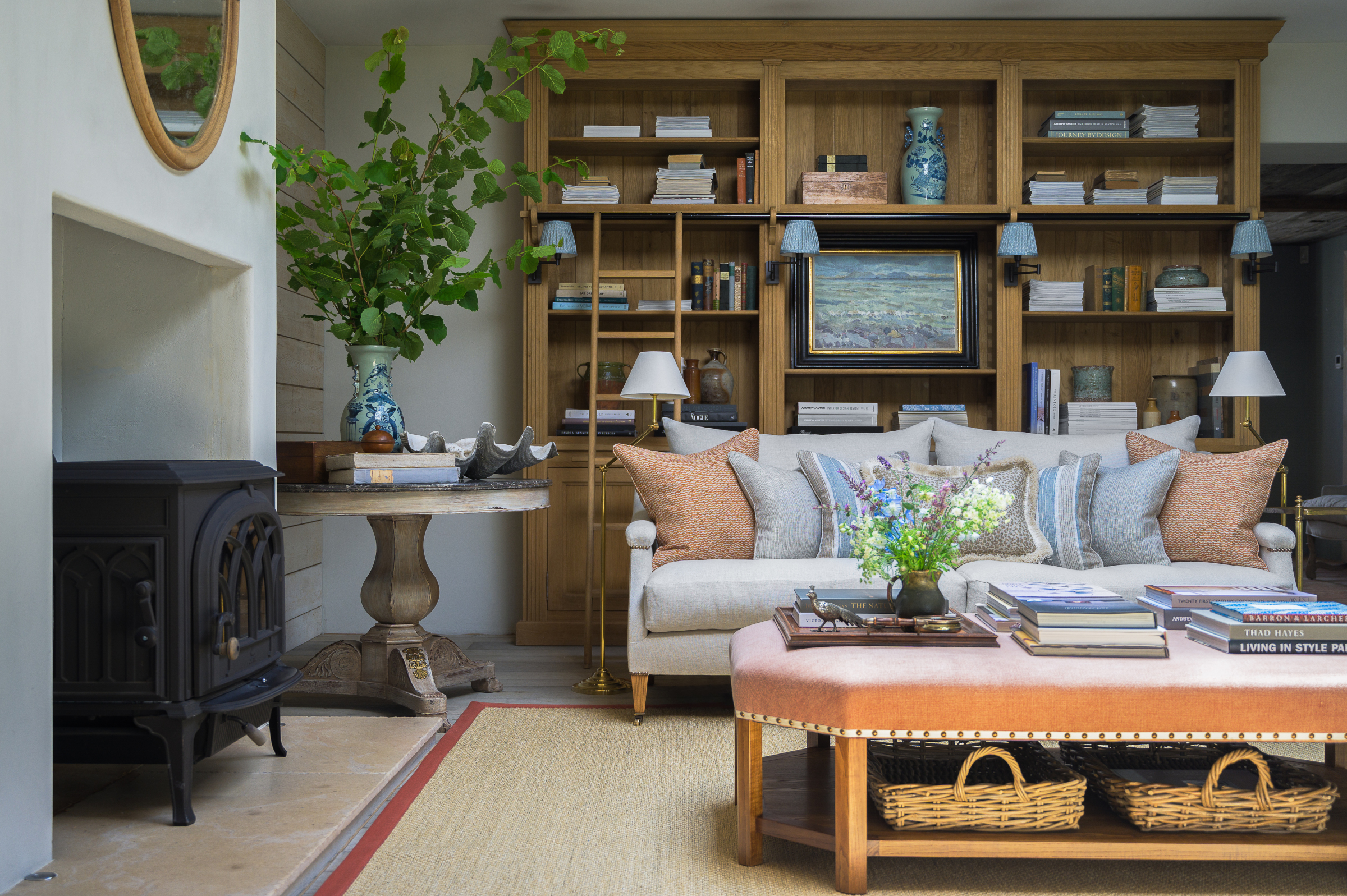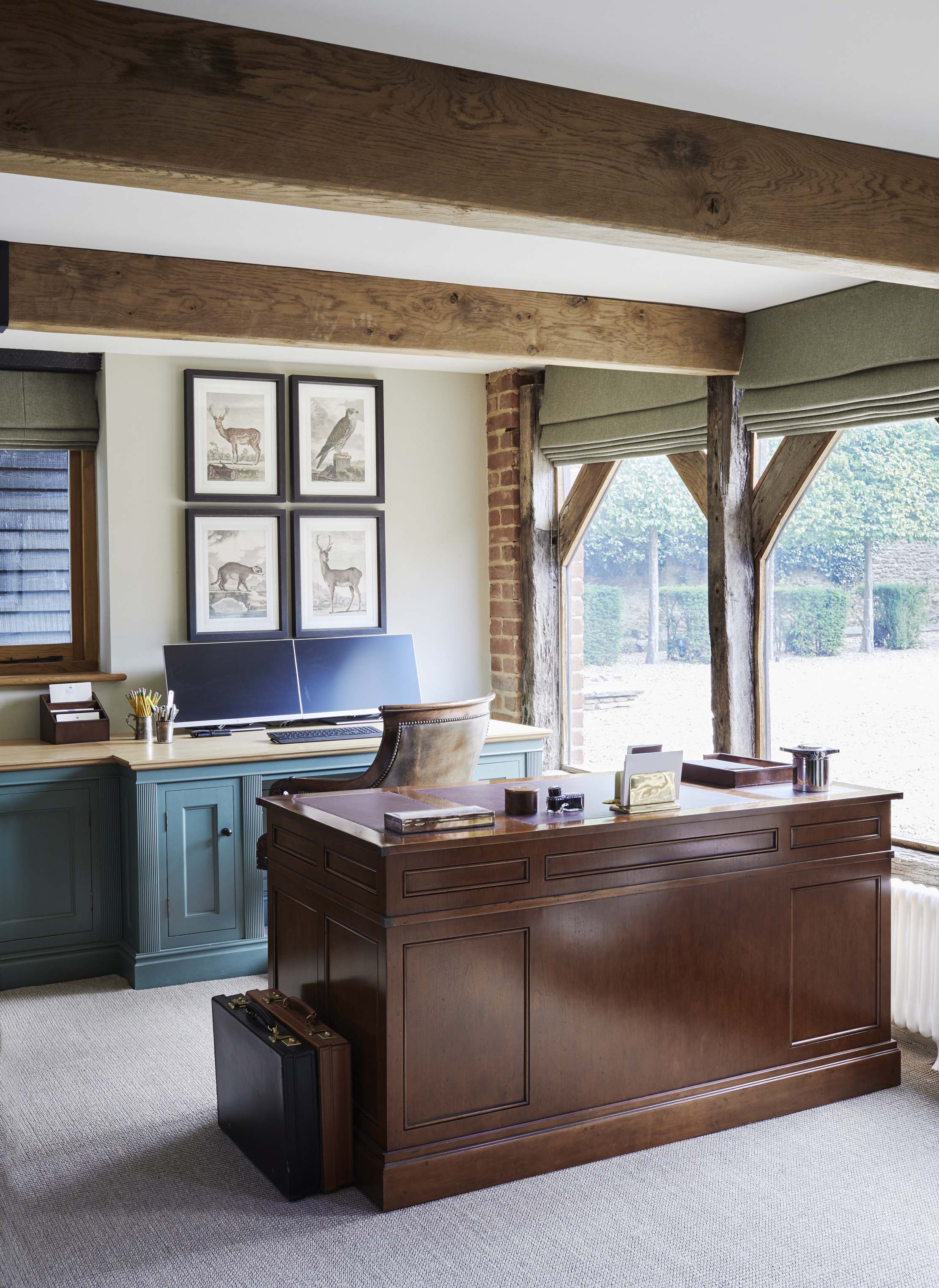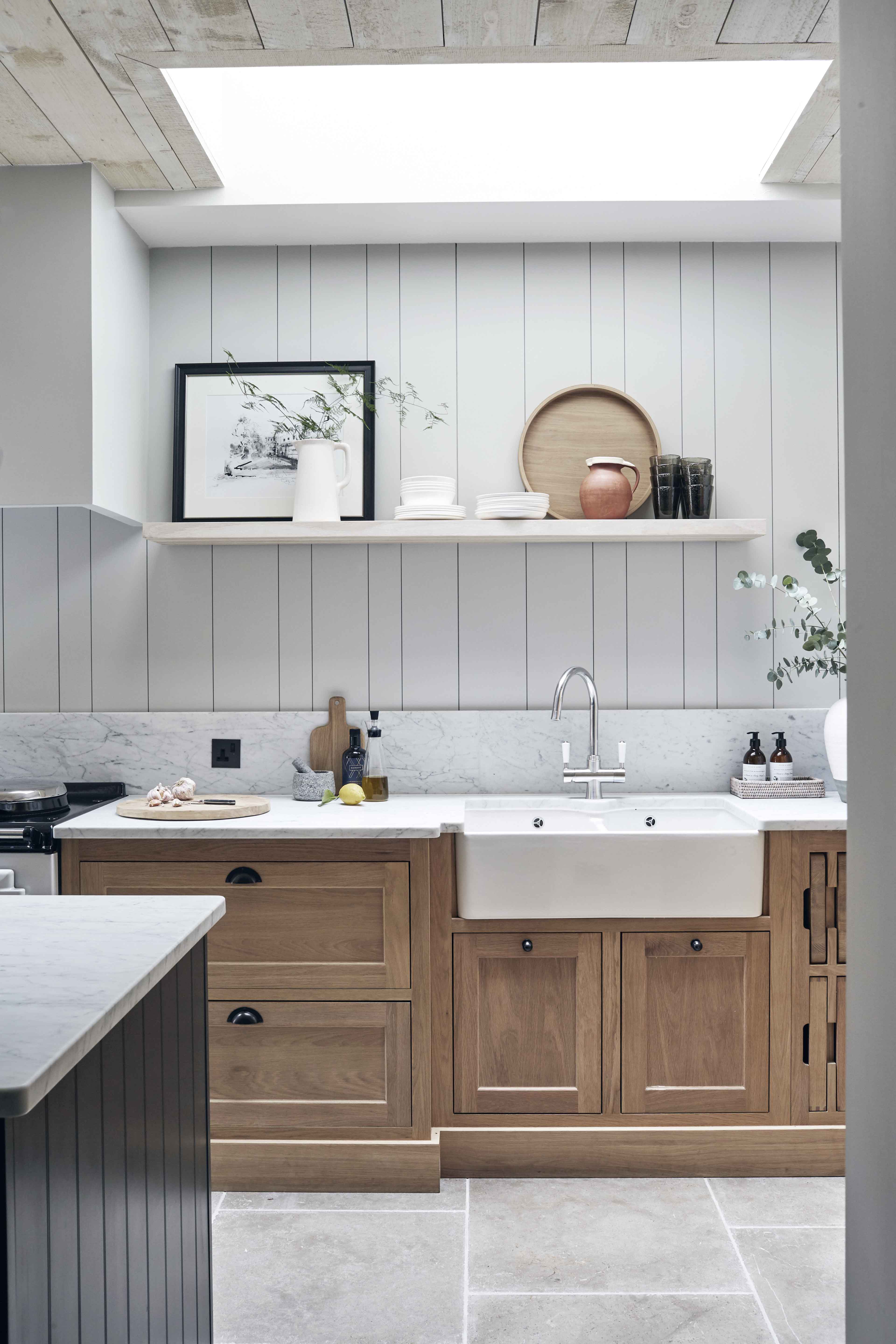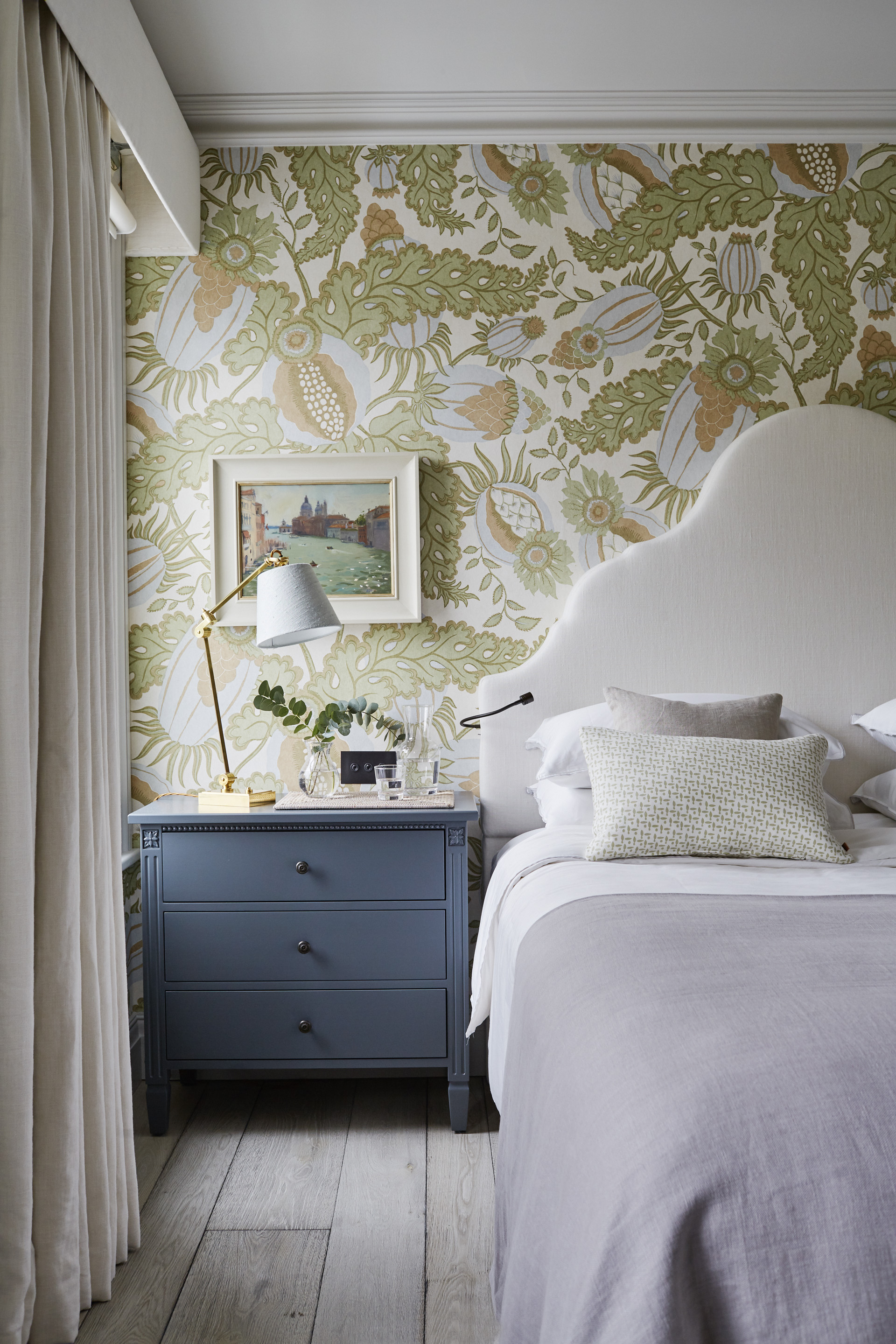How 'trends' can be timeless – interior designer Emma Sims-Hilditch explains
Renowned for her classic designs, the British designer explains how to create schemes with staying power


We spend much of our time at H&G talking about the latest trends, materials and finishes for interiors – but possibly just as much time cautioning against choosing an element of decor just because it is on trend. So how do you tread the fine line between picking a look that's on trend and one that's timeless? Luckily, we have a design professional on hand to explain.
'When most people consider interior design trends, they think of passing fads that will quickly become tired and dated,' says interior designer Emma Sims-Hilditch, founder of Sims Hilditch design agency. While this certainly can be the case, it is possible to choose the trends you follow carefully, allowing you to keep up with the latest fashion, while maintaining a timeless home.
1. Decorate with antiques

'Ironically, the inclusion of antique furniture into interior design is very en vogue this year, particularly when paired with more contemporary touches,' says Emma. 'At Sims Hilditch the incorporation of antiques into our interiors is a key part of our design ethos. Not only do antiques bring a sense of character and history to a space, the reuse and upcycling of old pieces of furniture is certainly preferable to buying new every season.'
2. Choose natural materials

'It is well know that using natural materials to create quality furniture and joinery is a recipe for an interior that is built to last. The end of 2021 saw the demand for natural materials in interior design, such as linen, timber and stone flooring, increase. These materials can be used to create a "feel good", timeless space that is connected to nature, something that seems to have become ever-more important since the first lockdown.'
3. Use scalloping

'Soft scalloped designs on everything from headboards to backsplashes are proving popular this year. Their gentle curvature works well in a calming scheme full of natural materials and muted colors, but equally brings texture and layers to a more eclectic and playful scheme full of pattern and color. With this is mind, it’s clear that the versatile nature of scalloping will help it stand the test of time for any interior.'
4. Use strong colors rooted in nature

'While excessively bold colors could be seen as a risk in terms of their longevity in interior design, it is not implausible that they should be used. Yellow is proving a popular shade. The trick is to choose a shade that is rooted in the hues of nature, such as a sunny yellow. This, paired with natural materials and a neutral backdrop creates a feeling of light relief in what otherwise might be a very serious space.'
Design expertise in your inbox – from inspiring decorating ideas and beautiful celebrity homes to practical gardening advice and shopping round-ups.

Founded in 2009, the Sims Hilditch design practice has become one of the most trusted and respected in the industry. Its couture approach combines interior architecture, interior design and procurement management within one concept-to-completion, fully bespoke service. Creative Founder, Emma Sims-Hilditch is passionate about her belief that good design can transform not only how people live but also how they feel.